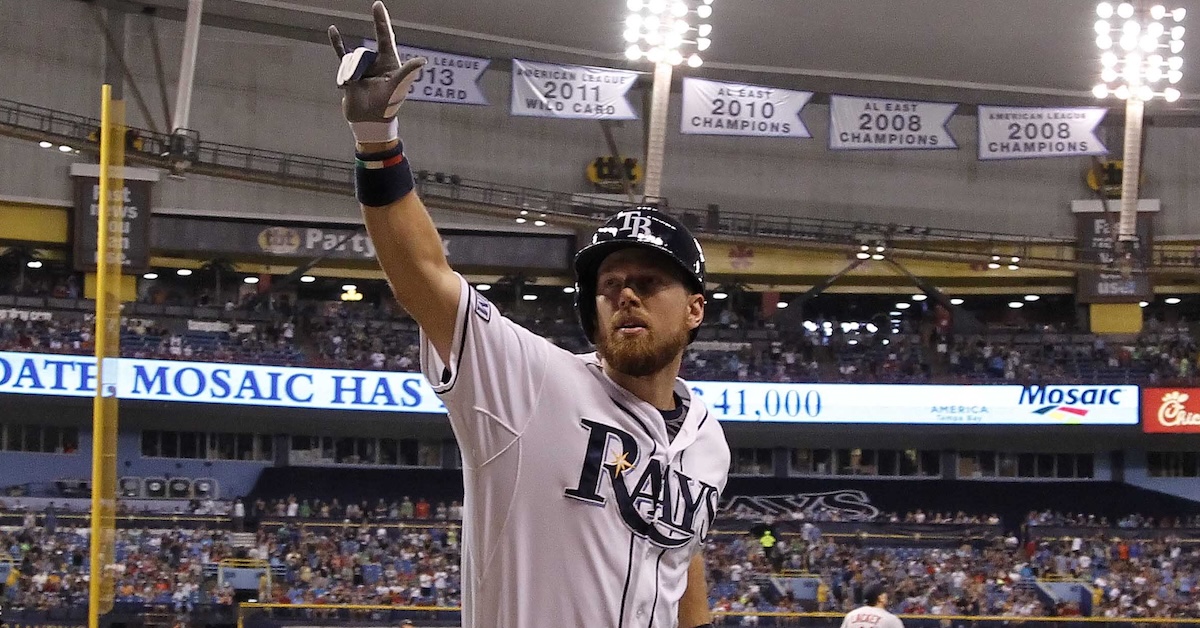JAWS and the 2025 Hall of Fame Ballot: Adam Jones

The following article is part of Jay Jaffe’s ongoing look at the candidates on the BBWAA 2025 Hall of Fame ballot. For a detailed introduction to this year’s ballot, and other candidates in the series, use the tool above; an introduction to JAWS can be found here. For a tentative schedule, see here. All WAR figures refer to the Baseball Reference version unless otherwise indicated.
| Player | Pos | Career WAR | Peak WAR | JAWS | H | HR | SB | AVG/OBP/SLG | OPS+ |
|---|---|---|---|---|---|---|---|---|---|
| Adam Jones | CF | 32.6 | 25.7 | 29.2 | 1939 | 282 | 97 | .277/.317/.454 | 106 |
Adam Jones was Mr. Baltimore. Though he was born in San Diego and began his major league career in Seattle, Jones took to Baltimore upon being traded to the Orioles in 2008. On the field, he set an example for younger teammates during lean years, and his combination of power, speed, and graceful defense eventually helped the team end an epic streak of futility. He served as a starter on the Orioles’ first three playoff teams in this millennium, winning four Gold Gloves and making five All-Star teams. Off the field, Jones invested in the city, annually donating a significant chunk of his salary to the local Boys & Girls Club and other charitable endeavors. He emerged as a civic icon, a Black athlete who could relate to the hardships experienced by the city’s Black population, and one who wasn’t afraid to speak out regarding the injustices he saw both locally and nationally.
Jones’ national prominence reached its zenith in 2017 when he made a memorable, iconic catch to rob Manny Machado of a home run while playing center field during the World Baseball Classic — a key moment in helping Team USA win the tournament for the only time thus far. Read the rest of this entry »








